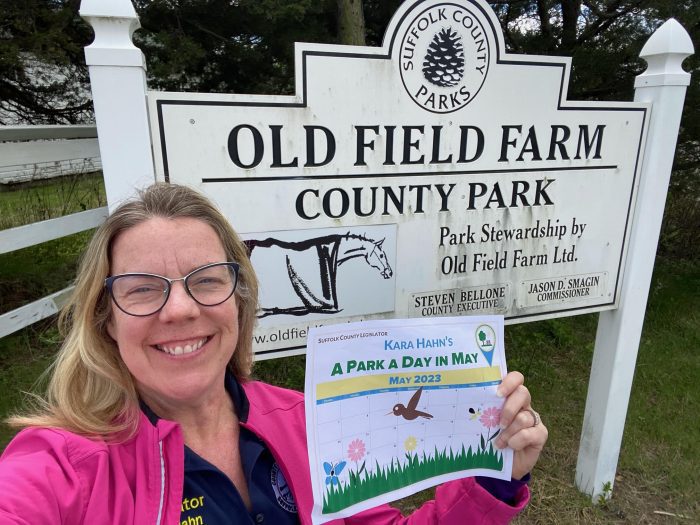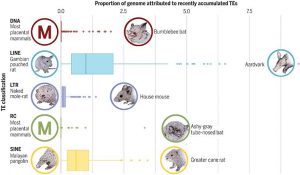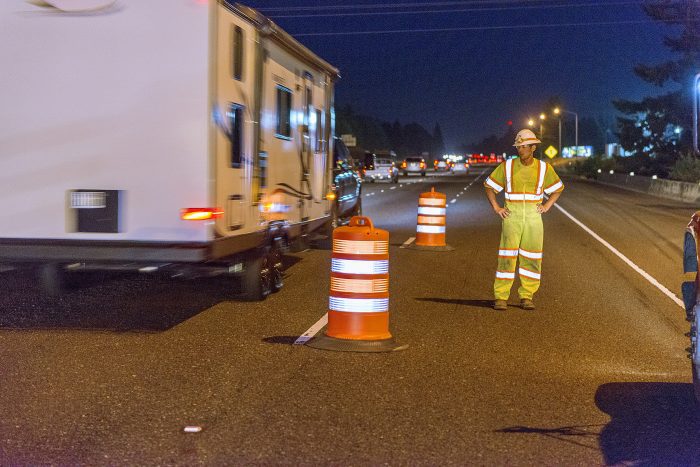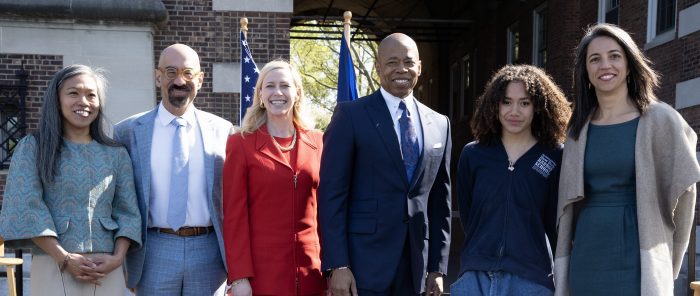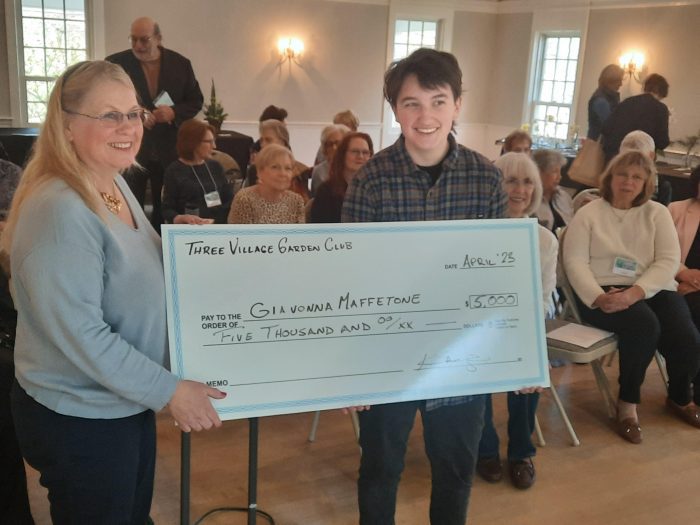New York State has introduced its Automated Work Zone Speed Enforcement program.
The system clocks vehicles traveling above the speed limit in specified work zones. A registered owner of a vehicle will be ticketed by mail if the posted work-zone speed limit is exceeded by more than 10 miles per hour, according to the legislation signed into law by Gov. Kathy Hochul (D) in September, 2021.
The law states that the “owner of a vehicle shall be liable for a penalty” when that “vehicle was traveling at a speed of more than 10 miles per hour above the posted speed limit in effect within such highway construction or maintenance work area, and such violation is evidenced by information obtained from a photo speed violation monitoring system.”
The ny.gov website indicates that this new program will be “located in construction or maintenance zones on New York State controlled access highways and parkways.” It also indicates that signs leading up to the enforcement areas will make it clear that a driver is entering one.
In a phone interview, Stephen Canzoneri, a spokesman for Region 10 of the state Department of Transportation, said that there will be “two signs posted in advance of the camera.” He added that these cameras are “only being placed in active work zones where there are boots on the ground.”
During the first 30 days of the program —which began Monday, April 17, according to Canzoneri — New York State will issue warnings by mail instead of actual fines. After this initial warning period, drivers violating the posted work-zone speed limits in the enforcement areas will receive a $50 fine by mail.
For a second violation, a violator will receive $75 fine, so long as this violation is within an 18-month period of the first violation. Any third or subsequent violations will result in a $100 fine if, once again, these are within 18 months of the first violation.
The website also states that “there will be 30 work-zone speed units … that will be moved around to work zones throughout the state.” To see an up-to-date listing of where the speed cameras are currently being utilized, go to www.ny.gov/work-zone-safety-awareness/automated-work-zone-speed-enforcement-program and scroll down to “Locations” on the left-hand side. The cameras are “being placed on the limited access highways, such as the Long Island Expressway, Northern State Parkway, a portion of Sunrise [Highway] in central Suffolk,” Canzoneri said.
The ny.gov website clarifies that drivers will not receive points on their licenses for violations in these zones and that these penalties are strictly “civil in nature, with no criminal implications.”
In 2021, there were 378 “work-zone intrusions” and that more than 50 of these intrusions resulted in injury for either a highway worker or a vehicle occupant. “A work-zone intrusion is defined as an incident where a motor vehicle has entered a portion of the roadway that is closed due to construction or maintenance activity,” the ny.gov website states.
“We are seeing an increase in work-zone intrusions throughout the Island,” Canzoneri said. “More people are back on the roads after the COVID shutdowns. And traffic patterns are returning to what they were. And unfortunately, it means that there’s more danger for our workers on the road.”
In a phone interview, Jaime Franchi, Long Island Contractors’ Association director of communications and government relations, said, “Anything that is a deterrent that makes people pause while they’re driving in a zone where our highway workers are vulnerable is something that we would absolutely advocate for.”
Franchi added that LICA has been advocating for highway safety for many years, particularly on winding stretches of the Southern State Parkway. “They deserve to get home to their families,” Franchi said about highway workers.
Canzoneri agreed. “We want everybody to go home at the end of the day to be with their families,” he said.
The ny.gov website indicates that this five-year program is a joint effort by the state Department of Transportation and the state Thruway Authority.


